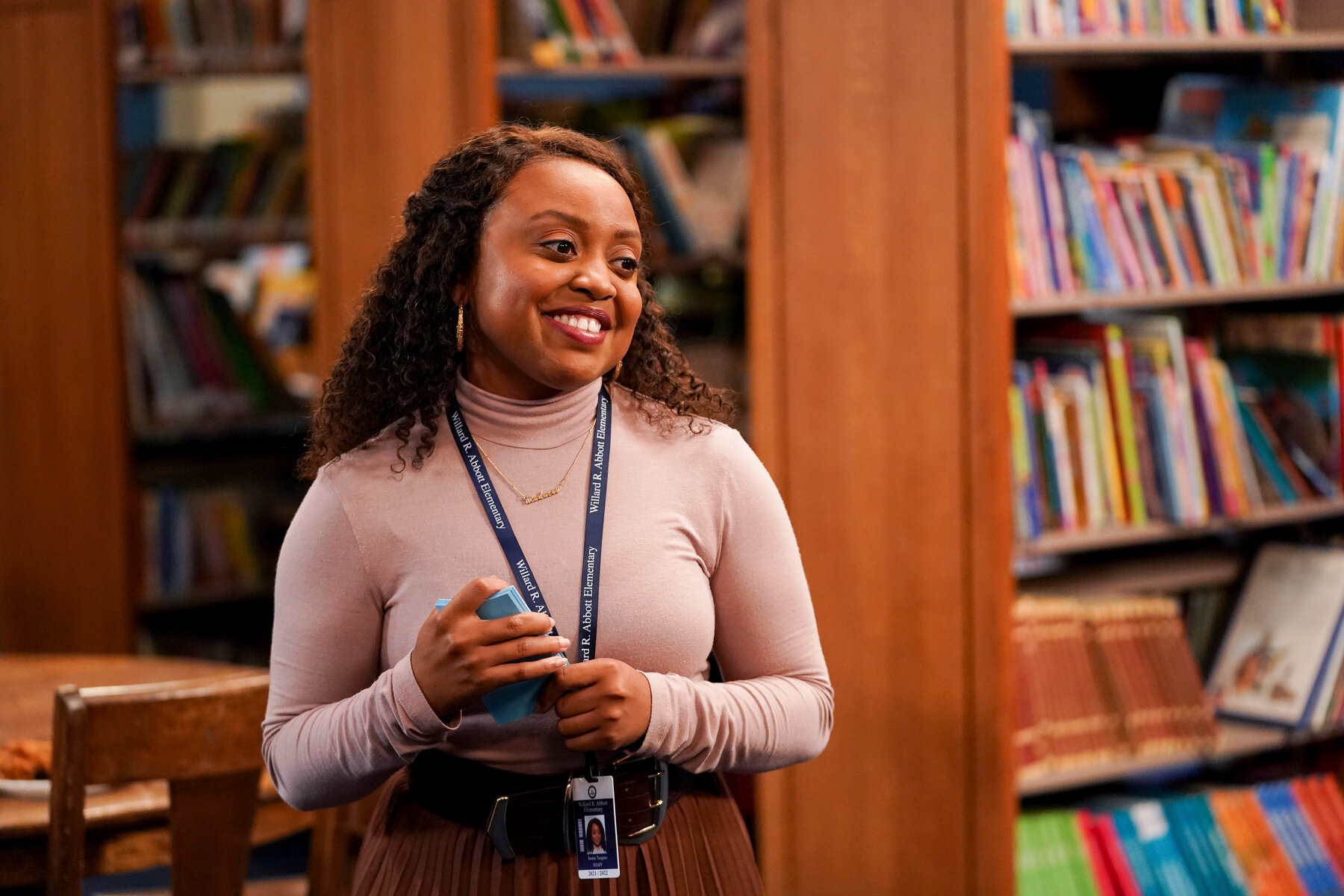
There are some women in the talkshow industry that have made a name of themselves. Oprah Winfrey or Sheryl Underwood may be familiar to you. These ladies are great examples of female talk show hosts who aren't afraid to speak their minds and tackle controversial topics.
Oprah Winfrey
In the United States, Oprah Winfrey is one of the most popular female talk show hosts. She began her career working in local media. She was the youngest news anchor on WLAC-TV, and the first African American woman to anchor a network news show. Apart from hosting a local news channel, she hosted Dialing For Dollars.

Sheryl Underwood
Sheryl Underwood is an actress and a talk-show host. Born in Little Rock Arkansas, Underwood has earned national recognition in a variety of fields. She was born a twin. In 1987, she was married to Michael. But the marriage was short-lived when Michael Underwood, a suicide attempt victim, died. Sadly, the couple had no children.
Ricki Lake
Ricki lake is an American actress. She is known for her role as Tracy Turnblad in the 1988 film Hairspray, for which she was nominated for an Independent Spirit Award. Lake has been a star actor in many films, including The King of Comedy. The Office was also her success.
Cecilia Bolocco
Cecilia Bolocco is Chile's most famous journalist and TV personality. She was previously a CNN journalist before she became a talk-show host. She was also the winner of the Miss Universe pageant in 1987. After her win she started hosting talk-shows and was also the Miss Universe judge in 1996. She is known for her gorgeous looks and slim figure.

Ananda Lewis
Ananda Lee is an American television talkshow host. She is an ex-model and social activist. From the late 90s through 2001, she worked as a MTV veejay. In 2001, she started her own syndicated talk-show. She was also a correspondent for The Insider between 2004 and 2005.
FAQ
What are the different styles for commercials?
Television Commercials, Radio Commercials, & Print Ads are the three major types of commercials.
TV Commercials are typically 30 seconds in length. They are used often to promote brand awareness.
Radio commercials are typically longer (usually one minute) than television commercials and are used primarily for product advertising.
Print ads are shorter (usually 2-3 minutes), and they're usually aimed at specific audiences.
How are TV Ads Distributed?
The most common way television ads reach audiences is via cable, satellite, IPTV, over-the-air broadcast, DVRs, VODs, mobile devices, etc.
There are many different ways to deliver content to consumers today. Companies still choose how to distribute their advertising in a variety of ways.
This is because they all take into account the same metrics in deciding which delivery method to use.
You will want to ensure that your ads are available on as many platforms as you can, in order to determine if they are effective.
If you're measuring ad effectiveness based on impressions, then you'll want to ensure that your advertisements are reaching as many eyeballs as possible.
The problem with this is that they don't always go together.
For instance, if you're delivering an advertisement on multiple platforms, but only one platform delivers high-quality video, then you may end up getting fewer views from that particular platform.
You may miss out on opportunities if your success is measured solely by how much time you spend on it.
How do ads influence consumer behavior?
Advertisements can influence consumer behavior in two ways:
-
Ads cause us to associate certain things with certain brands. A McDonald's commercial might lead us to believe that McDonald's burgers are better than Burger King.
-
Ads tell us how to act. If a commercial says to go to a shop to buy a car, it is likely that we will.
Do advertisers spend a lot of money on TV?
Advertisers spend a lot to promote their products on television. They also spend large sums of money convincing consumers to buy their products.
This is achieved by spending money on research in order to determine what people like and don't love about their products.
This information is then used by advertisers to create advertisements that are appealing to consumers.
How effective is advertising on television?
An advertiser's most important task is to communicate a message that resonates well with its target audience. Television advertising is more cost-effective than other media like radio or print ads. Unfortunately, television advertising doesn't always deliver results as people are constantly bombarded with too many messages.
A study revealed that viewers only remembered two commercials when they saw them simultaneously. This shows how difficult it is to make a lasting impression with a single commercial.
The best way to get your message across is to use multiple mediums. For example, if you're trying to promote a product for helping people lose weight then advertise in magazines and newspapers along with on television.
This will enable you to reach more people and increase awareness about the products.
What kind of advertising can a TV show?
Television is a type of communication that uses images to transmit messages. It is one of the most popular media worldwide. The TV industry is worth more $100 billion each year.
There are many different kinds of ads on television. These advertisements can be classified into two types:
-
Commercials (also known as "TV commercials"), which are usually 30 seconds or longer;
-
Programs/Series (also known as "programming") These programs typically last around 20 minutes. Some programs can be shorter.
Commercials are shown during commercial break, which is usually every half hour of programming. They can also be shown when there is no broadcast. This includes infomercials (public service announcements), before and afterwards shows, and so on.
Programs are the main part of any channel. Each week, most channels air multiple series. Some networks show only one series per week. Others may show several series simultaneously. Some channels focus on news, movies, and sports events.
Advertising on television has changed significantly since its inception. Television was originally used primarily for entertainment purposes in 1950s. The 1950s saw people watch television shows such as I Love Lucy, Father Knows Best, Gunsmoke, and then they would go outside to play with their buddies. With the advancement of technology, television became more popular as a way to obtain information about products or services. To buy a new car, someone could simply watch an advertisement to see the features available.
Statistics
- Radio is extremely accessible – 95 percent of cars have radios, and 99 percent of homes have radios. (marketingevolution.com)
- 93 percent of American adults listen to the radio over the course of the week. (marketingevolution.com)
- Video-ad views on OTT (over-the-top) devices grew 63% year over year in Q3 2016, and the trend is expected to continue, further crippling traditional TV advertising. (clearcode.cc)
- In fact, 76% of people completely skip the commercials while watching their programs. (qualitylogoproducts.com)
- With OTT ad revenue set to increase from 45% to 60% over the next decade, AdTech pioneers and early adopters of OTT advertising will reap its benefits in the near future. (clearcode.cc)
External Links
How To
How do I create my TV Commercial?
First, determine the target audience. Are you trying to attract new customers? Are you aiming to existing customers? Your video must be engaging, informative and entertaining if your goal is to attract new customers. On the other hand, if you're targeting existing clients, your video needs to focus more on selling your product or service.
Once you've determined the audience you wish to appeal to, it's time for you to consider what message you want. Do you want to make people laugh? Seriose? Maybe you want them to buy something.
Next, you have to decide if you want to use voiceover. Voice-overs can be a great way to convey your message, even if you are not there. They can sound too cheesy. Voiceovers can also sound cheesy.
Finally, you need to think about what kind of camera angle you want to use. You can choose from a wide range of angles, including close up, medium shots, long shots, etc.
You now have the knowledge to create your first TV commercial!